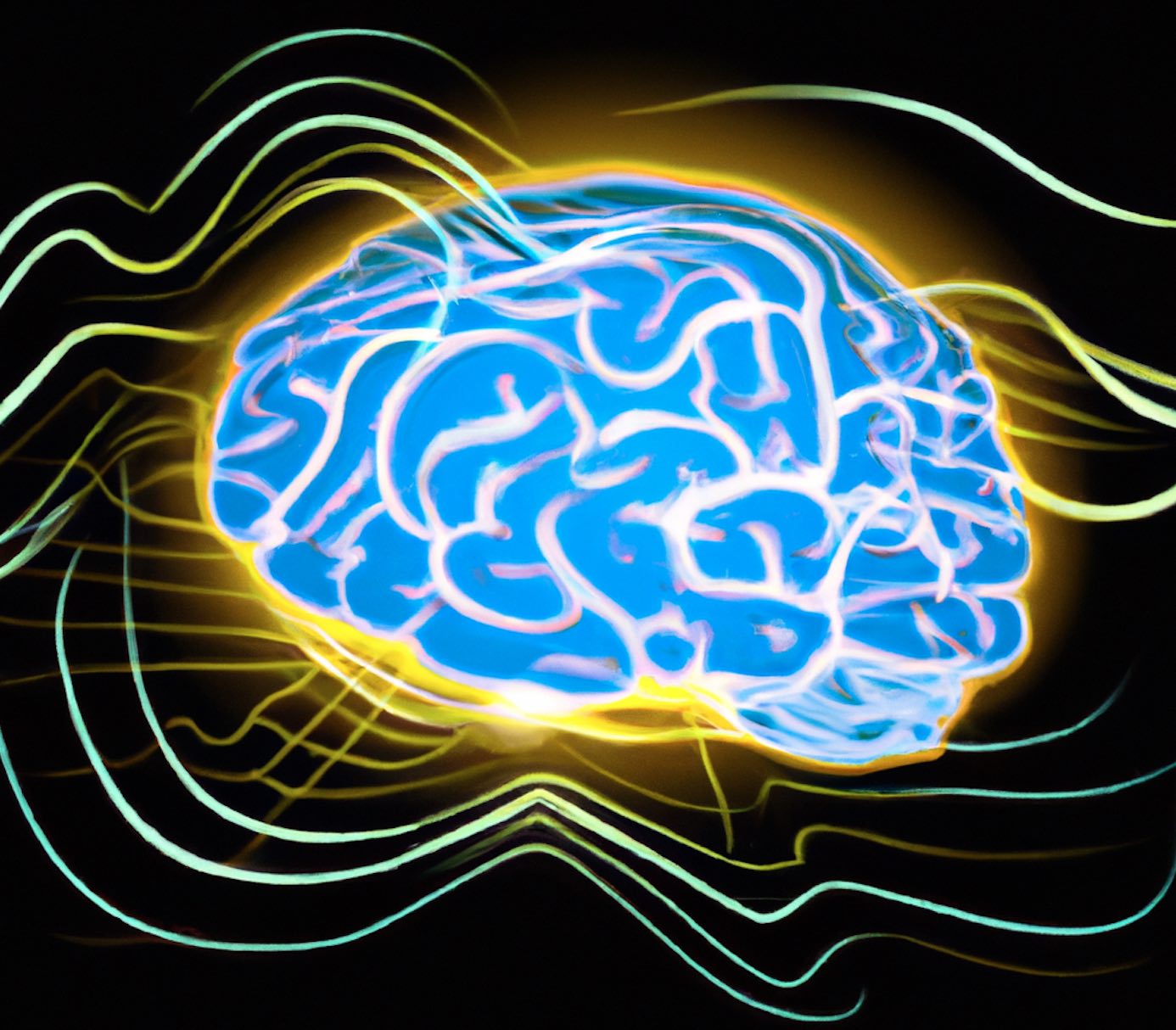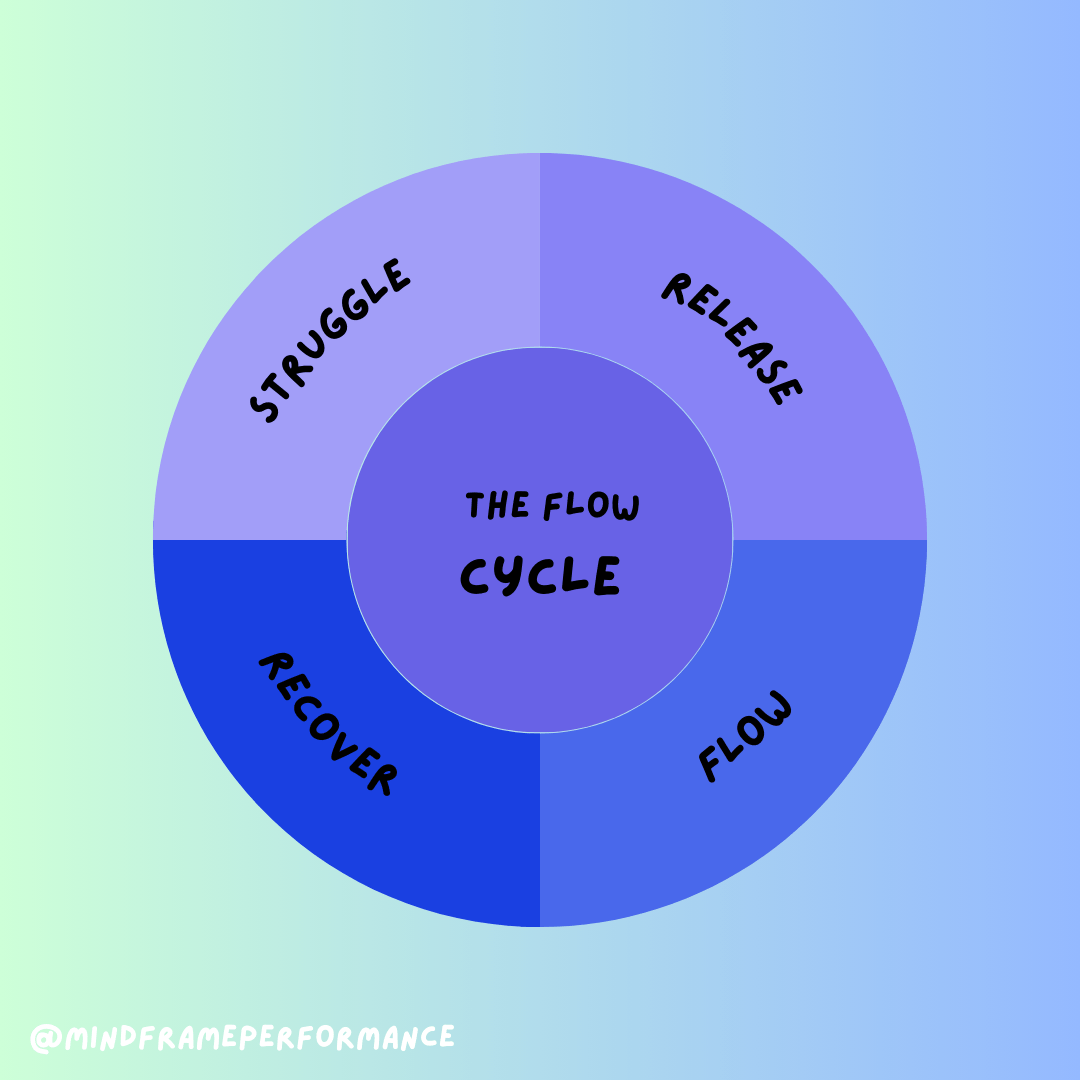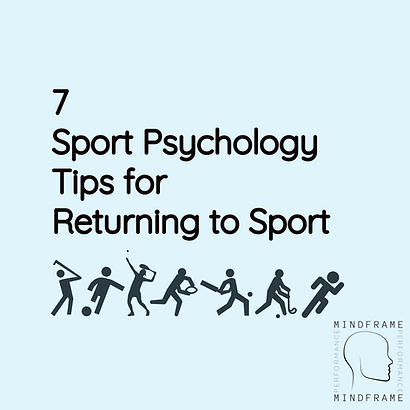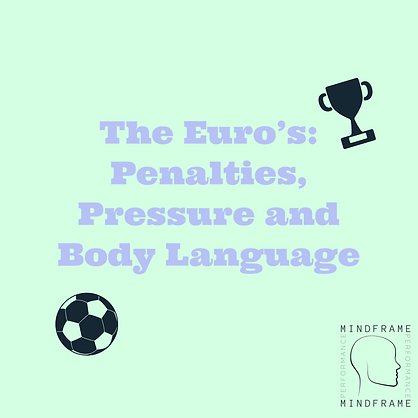Flow State – The ultimate guide for getting into The Zone
The science behind the optimal performance state

Remember the time when you played at your best. When everything felt easy – your behaviour was automatic, you were deeply focussed and felt completely in control.
This is what sportspeople mean when they’re in the zone.
We chase these rare, fleeting moments that sit so fondly in our memories. But it turns out they’re less random and more replicable than you may think.
Being ‘in the zone’ has a technical name – The Flow State.
What is the Flow State?
The Flow State is an optimal state of consciousness where we both feel and perform at our best. We’re fully focussed, everything feels effortless, time distorts, senses heighten and it’s intensely enjoyable.
The Flow State underpins and is responsible for most of the world’s greatest achievements, whether that be sporting records, scientific breakthroughs or musical masterpieces.
Where did the Flow State come from?
In a world where psychology was dominated by fixing pathology and behaviour and motivation was explained through reward and punishment, a psychologist named Mihaly Csikszentmihalyi (good luck pronouncing that one) saw things differently.
He became curious as to why people engaged in behaviours with seemingly no reward. There seemed to be commonalities in all sorts of behaviours including sport, music, meditation, poetry and chess.
He found that some of the happiest people on earth had the most peak experiences, even devoting their lives to them, sometimes at great risk. And these peak experiences were the ultimate gateway to peak performance and pleasure.
And so began the pursuit and obsession to hack high performance and decode how to get into the zone.
How to get into the Flow state?
There are 11 triggers of a Flow State. The more triggers, the greater the chance of Flow.
Internal Triggers

1. Challenge-Skills Balance
Make sure the task is challenging but not overwhelming – research shows the optimal way to train is 4% above your current ability levels. Too easy is boring and too difficult spikes anxiety.
2. Clear Goals
Set clear specific process goals about what you want to achieve. Clear goals drive focus, eliminate distraction and allow us to efficiently spend our energy and attention.
3. Immediate Feedback
Receive specific information about the task in real time. Tighten feedback loops and get coaching input so you can adapt and optimise your focus and performance.
4. Complete Concentration
Deep focus is achieved when all mental resources and attention align on a singular task in the present moment. Remove distractions and create a conducive environment.
5. Autonomy
Self-direction and a sense of control are powerful Flow triggers. Goals need to be self set so motivation is intrinsic. Rewarding activities drip dopamine and dopamine triggers Flow.
6. Passion, Purpose & Curiosity
Similar to Autonomy, this triad allows attention to fully engage and goals to intrinsically align, leaving no doubt around what needs to be done.
External Triggers

7. Risk
Danger narrows focus. An open mindset of going headfirst into discomfort and uncertainty leaves no room for concentration to sway.
8. Novelty
New experiences and elements create excitement and curiosity. However this needs to be done with caution, as too much novelty can spike anxiety and inhibit Flow.
9. Complexity
Embrace complexity and difficulty. Complexity allows complete absorption to solve problems and overcome challenges.
10. Unpredictability
Encountering elements that are difficult to plan and predict forces us to focus into the Now and adapt and respond in real time.
11. Deep Embodiment
Complete physical, emotional, psychological and sensory engagement in an activity. Aligning these aspects of your attention to the Now helps you get into the zone.
What happens in the brain in a Flow State?

It was previously thought that the Pre-frontal Cortex (PFC) was responsible for Flow. It makes sense, the PFC is our cognitive powerhouse where we largely make and evaluate decisions, assess risks and derive our sense of self. Surely if a Flow State is when we make our best decisions and perform at our best, the PFC is hyperactive.
But quite the opposite is true. Parts of the PFC are actually temporarily deactivated – less thinking instead of more. The greater deactivation, the greater the experience.
This deactivation is called Transient hypofrontality.
- Transient = Temporary
- Hypo = Slow
- Frontality = brain activity in the PFC
The PFC adds doubt and complexity which sucks us out of the present moment. Flow is underpinned by effortless ease, automaticity and clarity. We trade introspection and rationality for heightened attention and presence.
Rather than more thinking, the Flow State involves less thinking and streamlined decision making, minus the layer of doubt and self-consciousness.
The Neurochemsitry of Flow
A cocktail of 5 brain chemicals are the neurochemical footprint responsible for driving the Flow State. They include:
1. Dopamine – The most potent of the lot, Dopamine is a Neurochemical classically associated with motivation and reward. But that’s underselling it. Psychologically, Dopamine increases attention, information flow, pattern recognition and risk taking. It also enhances physical functioning by increasing heart rate and muscle firing.
2. Norepinephrine – Norepinephrine speeds everything up. It increases heart rate and boosts energy through the release of glucose. In the brain it increases arousal, neural efficiency and narrows focus which reduces distraction.
3. Endorphins – These are our natural pain killers and pleasure inducers. They help us access a Flow State as they mediate discomfort, meaning pain, tension and stress disappear, allowing for more mental resources to be spent on what’s in front of us vs what’s going on inside.
4. Anandamide – This performance enhancing neurotransmitter elevates mood, relieves pain and dilates blood vessels allowing greater oxygen flow. It also amplifies lateral thinking (creativity) and inhibits fear, making our decision making, movement and risk taking unencumbered. Anandamide derives its name from the Sanskrit word “bliss” and has similar psychoactive effects to Marijuana.
5. Serotonin – While not directly involved in the Flow State, Serotonin – typically associated with mood regulation and emotional control – shows up afterwards, providing a sense of achievement and tranquility. Almost as a reward to the brain to say that was great, do it again.
All five of these performance enhancing, feel good neurochemicals optimise your physiological and psychological performance, whilst making you feel great at the same time.
The Flow Cycle

A common misconception about Flow is that it is binary – on or off like a light switch. But Flow exists on a continuum and rotates through a 4 stage cycle. Understanding each stage of the Flow cycle is vital for staying patient and allowing yourself to slip into the zone.
1. Struggle
2. Release
3. Flow
4. Recover
An initial struggle for focus and performance feels the exact opposite of Flow, but release allows relaxation and stress hormones become replaced by our feel good neurochemicals. This allows us to enter the Flow State where we feel and perform at our best. Critically, this needs to be followed by Recovery. Flow is an expensive state for the body to produce and maintain in terms of energy and neurochemistry, so both need replenishing.
And the comedown from superhuman to ordinary may not always feel pleasant.
Who experiences the Flow State?
The Flow State can show up for everyone in all walks of life – sportspeople, musicians, artists, writers, chess masters or even day-to-day tasks.
Action-adventure athletes experience Flow on the most regular basis as big waves, big falls and big jumps supply external Flow triggers by their very nature.
Flow Blockers
Flow isn’t something you can simply turn on and off otherwise we’d be forever in Flow. Entering Flow is largely achieved by removing psychological obstacles.
1. The ego – Arrogance and a big ego shuts out 3 essential Flow triggers – complexity, novelty and unpredictability – to preserve a distorted self-image. This reduces the amount of data our brain processes, which limits pattern recognition, adaptability and creativity.
2. Anxiety – Anxiety, fear and self-doubt are at best a distraction. They take us out the moment and into our head, stealing precious attention, over activating the PFC and creating too much internal noise.
3. Past and Future – Flow is only accessed in the now, not the then. Most people spend large amounts of time and attentional resources on the past and future, living in memory and anticipation. It is easy to project past experiences onto the present reality or become consumed by future expectations and worries, but the present moment is all you ever have and the only gateway to enter a Flow State.
The downsides of the Flow State
The concoction of Neurochemicals produced by Flow are highly addictive and make up a very similar profile to those released when using certain drugs. You don’t get addicted to drugs, you get addicted to the changes they make in your brain and the feeling it produces. Flow is very similar.
Action-adventure sports produce the most Flow as they often pose the most risk by always chasing the next high. Many have pushed the bar too high and lost their lives chasing their next fix.
Sport Psychology techniques for getting into The Zone

1. Mindfulness
One way to train your ability to get into a Flow State is by practising Mindfulness. Mindfulness teaches you to be present, to regulate your thoughts and streamline your attention.
These skills are all necessities for entering into the Flow State – immersing yourself completely into a task with complete concentration whilst filtering out internal and external noise.
2. Thought regulation & defusion
While you can set up certain conditions for Flow, it’s less about adding on and more about taking away. Negative thoughts, anxiety and a distracted mind are Flow blockers. Working with a Sport Psychologist can help you manage your thoughts and boost your ability to access Flow.
3. Set clear goals
Clear goals drive focus and focus drives Flow. Decide what you want to achieve and be as specific as possible. Winning a medal or a match isn’t a clear goal – it’s an outcome and a distraction that pulls us out of the present. Break the bigger goal down into bitesize, manageable, clear goals so you’re clear where to focus your attention.
4. Hack your brain chemicals
If certain brain chemicals promote Flow, then boost the brain chemicals first. Dopamine is skyrocketed by cold water, Endorphins are released when listening to upbeat music and getting excited about your upcoming activity boosts adrenaline. Give your brain a head start.
Finding Flow
Flow isn’t something you can simply switch on and off, but by following the steps in this guide, it’s going to make the zone feel less random and more attainable.
If you’re the same as everyone else on the planet and want improved performance and enjoyment, finding Flow is your way to get there.
If you’d like more help getting out of your own way, getting into the zone and optimising your performance, get in touch and work with one of our Sport Psychologists to take your game to the next level.
Good luck Flowing
Recent Posts
Homophily, Cognitive Diversity & Creativity in Business
The ultimate guide on How to Achieve your Goals in 2023
7 Sport Psychology Tips for Returning to Sport
The ultimate guide on How to Achieve your Goals in 2023
The Euro’s: Penalties, Pressure and Body Language
The ultimate guide on How to Achieve your Goals in 2023
Ready to transform your mindset?
Take your game to the next level and fulfil your potential
Get in Touch![]()








